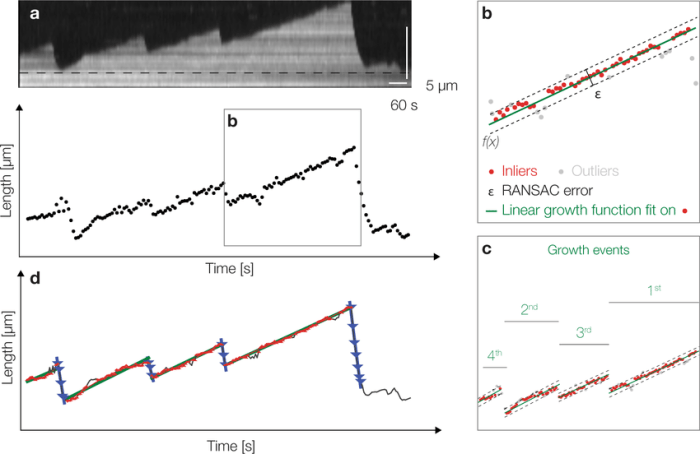Longitudinal dynamic instability in an airplane can be identified by its detrimental effects on stability and control characteristics. This instability manifests itself in an aircraft’s response to control inputs and external disturbances, making it crucial to identify and mitigate for safe flight operations.
Understanding the causes, contributing factors, and identification methods for longitudinal dynamic instability is essential for aircraft designers, pilots, and maintenance personnel. This article delves into these aspects, providing valuable insights into the prevention and management of this potentially hazardous condition.
Longitudinal Dynamic Instability in an Airplane

Longitudinal dynamic instability in an airplane refers to a condition where the aircraft’s stability characteristics are compromised, leading to oscillations or deviations from its intended flight path. This instability can significantly affect the aircraft’s handling qualities and safety.
Impact of Longitudinal Dynamic Instability on Aircraft Behavior

Longitudinal dynamic instability manifests itself in various ways, including:
- Phugoid oscillations:Undamped or lightly damped oscillations in pitch and airspeed.
- Short-period oscillations:Rapid oscillations in pitch and angle of attack.
- Dutch roll:A combination of yaw and roll oscillations.
These oscillations can make the aircraft difficult to control, reduce its maneuverability, and increase the risk of accidents.
Identification Methods for Longitudinal Dynamic Instability
Several methods are used to identify longitudinal dynamic instability in an airplane:
- Flight testing:Involves performing specific maneuvers to induce oscillations and observe the aircraft’s response.
- Simulation:Computer simulations can model the aircraft’s dynamics and predict its stability characteristics.
- Analytical techniques:Mathematical models and equations can be used to calculate the aircraft’s stability derivatives and assess its stability.
Causes and Contributing Factors of Longitudinal Dynamic Instability
Longitudinal dynamic instability can result from various factors, including:
- Design flaws:Improper wing or tail design, incorrect weight distribution.
- Aerodynamic imbalances:Asymmetry in lift or drag distribution.
- Control system issues:Malfunctioning elevators or stability augmentation systems.
- External disturbances:Gusts, turbulence, or engine failure.
Mitigation Strategies for Longitudinal Dynamic Instability
To mitigate longitudinal dynamic instability, several approaches can be employed:
- Design modifications:Altering wing or tail surfaces, adjusting weight distribution.
- Control system enhancements:Implementing stability augmentation systems, optimizing control gains.
- Operational procedures:Limiting flight envelopes, avoiding maneuvers that induce instability.
Case Studies of Longitudinal Dynamic Instability in Aviation, Longitudinal dynamic instability in an airplane can be identified by
Several incidents and accidents have been attributed to longitudinal dynamic instability, including:
- Delta Air Lines Flight 1141:A Boeing 727 experienced a phugoid oscillation due to a design flaw in the tail.
- Japan Airlines Flight 123:A Boeing 747 crashed due to a combination of factors, including longitudinal dynamic instability.
These case studies highlight the importance of understanding and mitigating longitudinal dynamic instability to ensure aviation safety.
Questions and Answers: Longitudinal Dynamic Instability In An Airplane Can Be Identified By
What are the primary causes of longitudinal dynamic instability?
Design flaws, aerodynamic imbalances, and control system issues can all contribute to longitudinal dynamic instability.
How can longitudinal dynamic instability be identified?
Flight testing, simulation, and analytical techniques can be used to identify longitudinal dynamic instability.
What are some strategies for mitigating longitudinal dynamic instability?
Design modifications, control system enhancements, and operational procedures can be employed to mitigate longitudinal dynamic instability.

